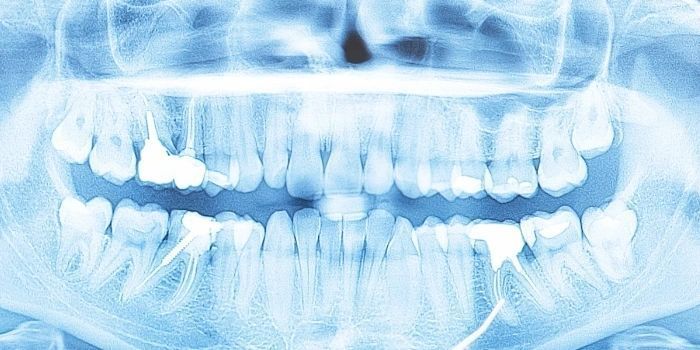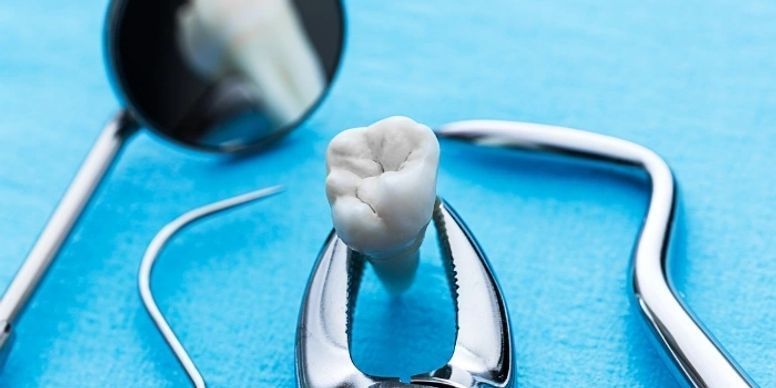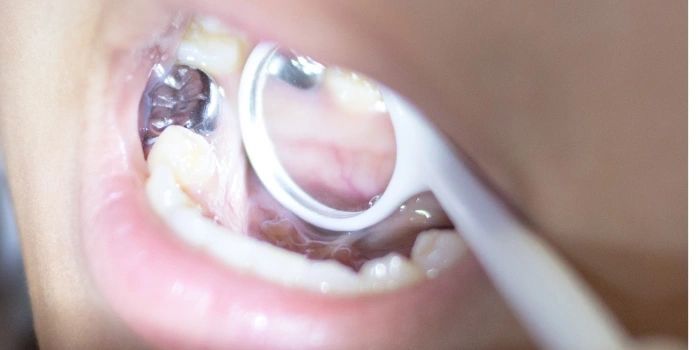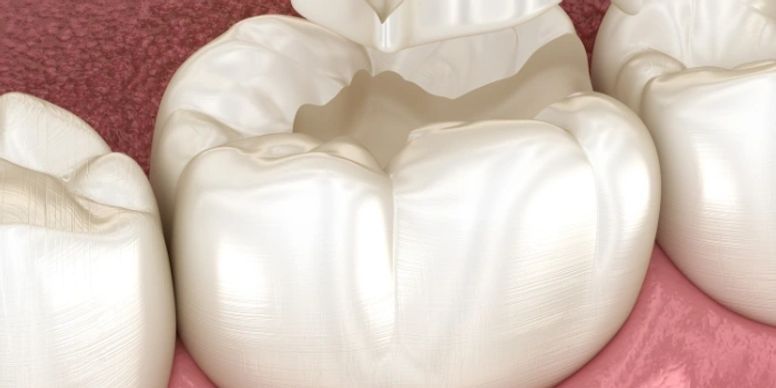Common Procedures at our Center
Digital Imaging
Digital imaging, or digital radiography, is a valuable diagnostic tool frequently used in dentistry, as well as other disciplines. It is an innovative technique that uses a computer to efficiently manipulate and store x-ray images. This technology provides immediate results and is readily available for sharing and discussion with patients and other medical or dental professionals.
Tooth Extractions
Your dentist may determine that your child needs a tooth extraction for any number of reasons. Some teeth are extracted because they are severely decayed; others may have advanced periodontal disease, or have broken in a way that cannot be repaired. Other teeth may need removal because they are poorly positioned in the mouth (such as impacted teeth), or in preparation for orthodontic treatment.
Pulpotomies
When the nerve (pulp) tissue of a baby tooth is first infected (affected), it needs to be treated to prevent further damage, which could result in a dental abscess and loss of the tooth. The ultimate objective of this procedure is to save the tooth so that it will maintain the integrity and function of the dental arch.
Stainless Steel Crowns
A stainless steel crown is an extremely durable silver metal crown that has pre-formed anatomy and can be adapted to the tooth at the edges. Although they do not possess as good esthetics as we would like, stainless steel crowns have both research- and time-proven records of durability, longevity, and biocompatibility. They do not hinder the loss of primary teeth and do not affect the development of permanent teeth.
Sealants
Dental sealants are a thin, protective plastic coating that we can apply to the chewing surface of molar teeth and can prevent cavities from forming. They can also stop early stages of decay from becoming a full-blown cavity. They are tooth colored and do not require any drilling or shots for their application. Sealants have been shown to reduce the risk of decay by nearly 80% in six-year-old molar teeth.
Anesthesia
Anesthesia may be provided by a combination of physicians and certified registered nurse anesthetists (CRNA). Our anesthesia team has been specifically trained in the treatment of children. The types of anesthesia provided range from sedation with anesthesia monitoring, to regional anesthesia, and general anesthesia.
Drop Us a Line
Contact Us
We will get back to you as soon as possible.
Please try again later.







